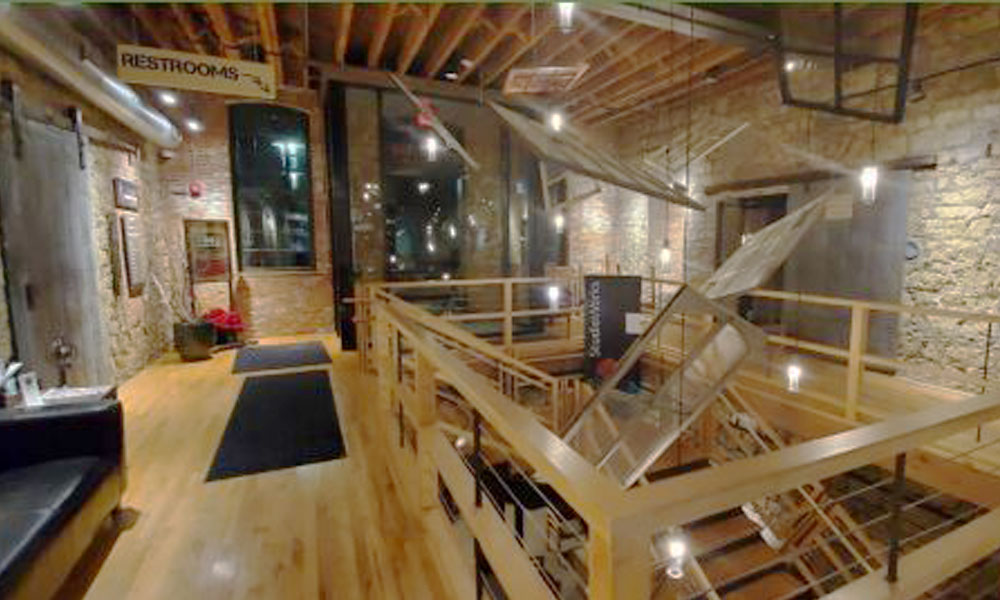
At The Green Mission Inc., we specialize in the valuation of architectural elements salvaged from historically significant commercial and residential properties across the United States. These include entire limestone and terracotta facades, carved friezes, monumental cornices, and ornate window surrounds—as well as interiors composed of antique hardwood millwork, decorative lighting, reclaimed wood flooring, and vintage plumbing fixtures.
Our valuation methodology is rooted in objective market analysis. We draw on real-world comparable sales of individual architectural components—often priced by the square foot, linear foot, or per unit—and we remain intentionally conservative. This is not because the value of a full salvaged property is low. It is because the market, as it stands, has not yet matured into a space where complete, intact architectural ensembles are regularly bought and sold as a unit. That day is coming, and our work is helping to shape it.
The architectural salvage industry is at an inflection point. Preservationists, developers, designers, and sustainability advocates are now aligned in their desire to conserve, repurpose, and elevate historically significant building materials. Where once demolished structures were discarded as rubble or resold in fragments, they are now being thoughtfully dismantled and preserved—ready for reinstallation, resale, or donation.
Our appraisers have witnessed this shift firsthand. We have valued salvaged elements from early twentieth-century commercial buildings, including multi-story facades with limestone and terra cotta detailing, along with interior components such as handcrafted staircases, built-in cabinetry, cast iron sconces, and clawfoot tubs. Our residential practice includes both fully deconstructed homes and, in rare but growing cases, entire homes that are lifted and moved intact. In each case, we document, photograph, and research the salvage to determine a credible fair market value using the Sales Comparison Approach, consistent with IRS, USPAP, and ISA guidelines.
Through this process, a new market is being built—quite literally—out of the old.
At present, we base our conclusions on conservative estimates derived from current retail and auction sales. However, these values often understate the potential of a fully reassembled architectural ensemble. A salvaged facade, for instance, may be worth considerably more as a complete set than as the sum of its parts. The same holds true for custom millwork, fireplace mantels, and vintage light fixtures when preserved as an interior system. Yet until a functioning and transparent marketplace for full-structure salvage emerges, valuations must reflect individual component pricing.
That said, we see strong evidence that this is changing.
Alongside our industry partners—professional deconstruction companies, salvage retailers, preservation architects, and nonprofit reuse organizations—we are laying the groundwork for a secondary market that could one day rival the efficiency and scale of the real estate and construction supply chains. Organizations such as Demolition Depot, Olde Good Things, Construction Junction, and regional architectural salvage firms have begun to stock, catalog, and market complete facade systems and period interiors. Their warehousing and sale of these historic materials serve not only end buyers but also museums, municipalities, boutique developers, and estate designers seeking authenticity and sustainable alternatives to new construction.
As more intact facades, reclaimed interiors, and bundled architectural elements enter this market, the potential for real liquidity grows. Buyers will come if they know what is available. Donors will participate if they understand the financial and environmental benefits. Retailers will expand inventory when resale prices justify the cost of careful salvage. And institutions will invest if the value of these historic materials is documented, appraised, and preserved with integrity.
This is where our work becomes transformational.
By providing defensible, IRS-compliant appraisals for non-cash donations of architectural elements, The Green Mission Inc. helps drive inventory to the secondary market. We give property owners, developers, and preservationists a pathway to financial recognition that is rooted in real market activity—not speculative cost replacement. In doing so, we de-risk participation in salvage and help shift behavior away from demolition toward thoughtful deconstruction.
Our conservative, component-based valuations are not a limitation. They are a foundation. As volume increases and more full assemblies are recovered and resold, we will begin to see robust pricing data for whole-house and whole-facade salvage. When that happens, the market will gain traction, and these properties will begin to command premiums—not because of tax deductions, but because there is meaningful money to be made.
We believe that the future of sustainable building depends not only on the materials we choose to use, but on the materials we choose to preserve. By professionalizing the valuation of salvaged facades and interiors, we are not only recognizing their financial worth—we are unlocking a new economic model that rewards environmental stewardship, architectural heritage, and marketplace innovation.
The more we do this—alongside our partners, our clients, and the nonprofits we support—the faster this market will emerge. And when it does, we will be ready.


